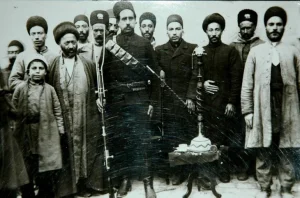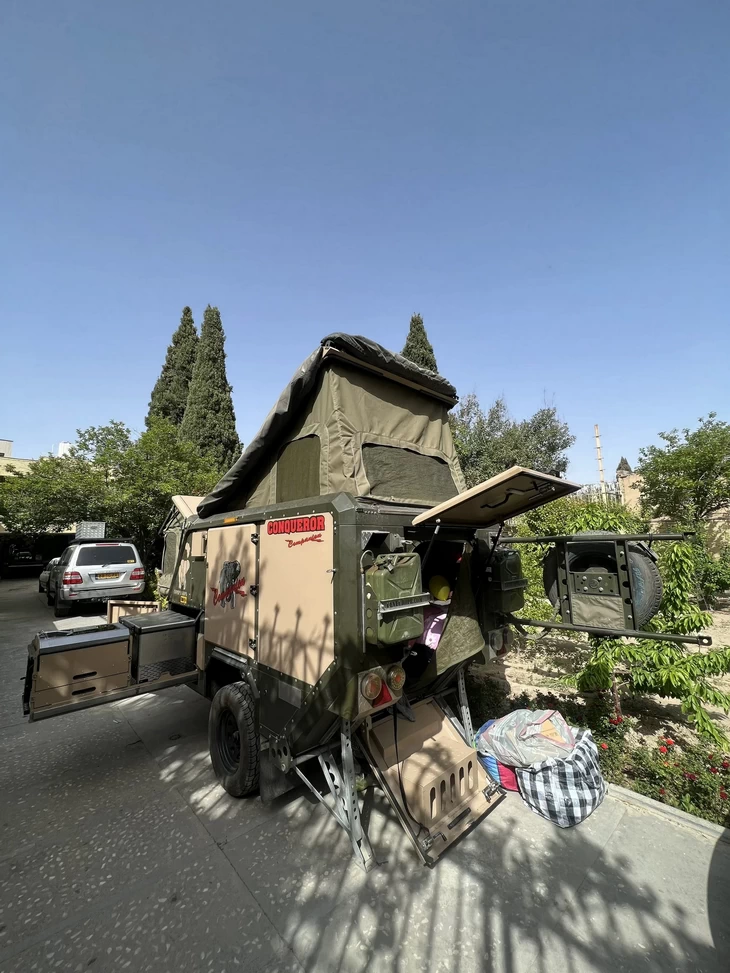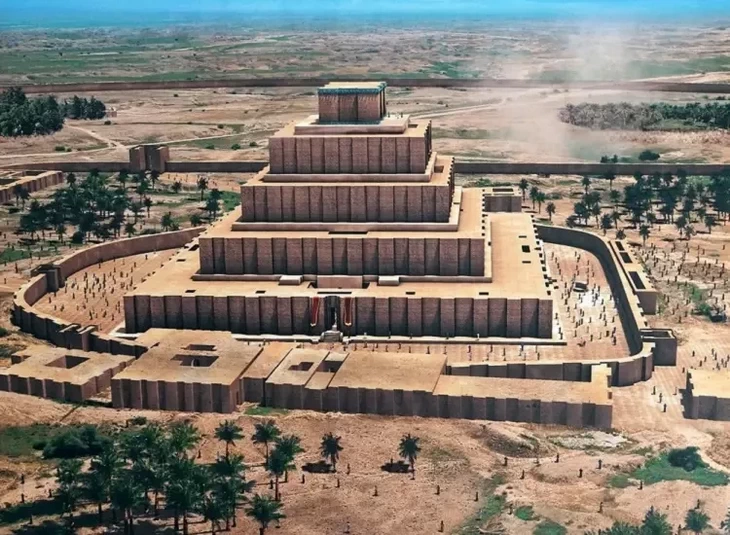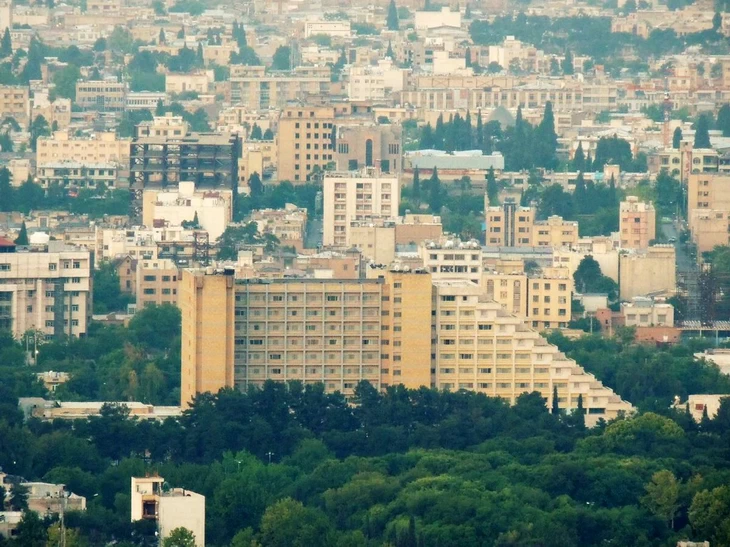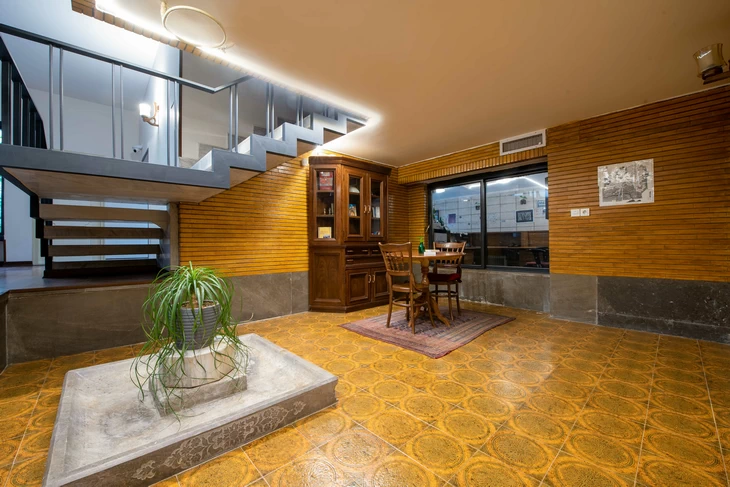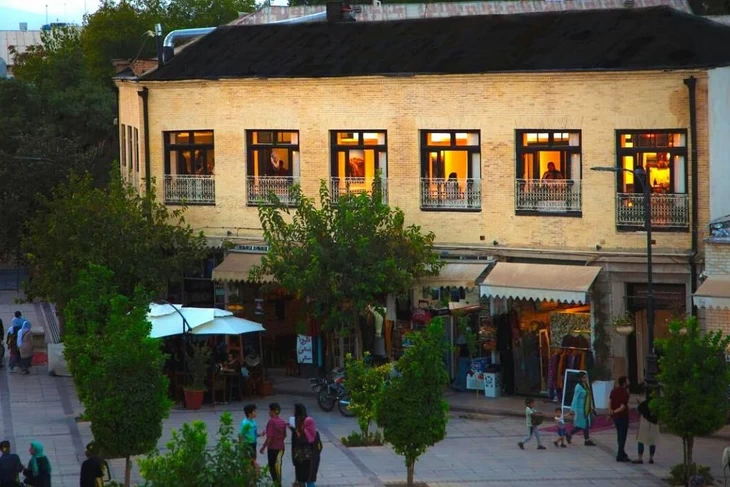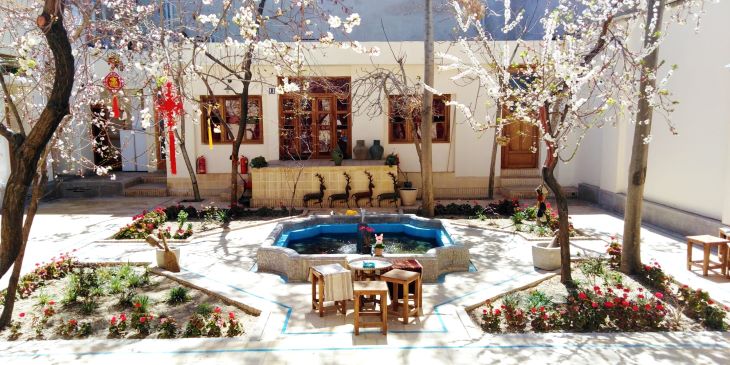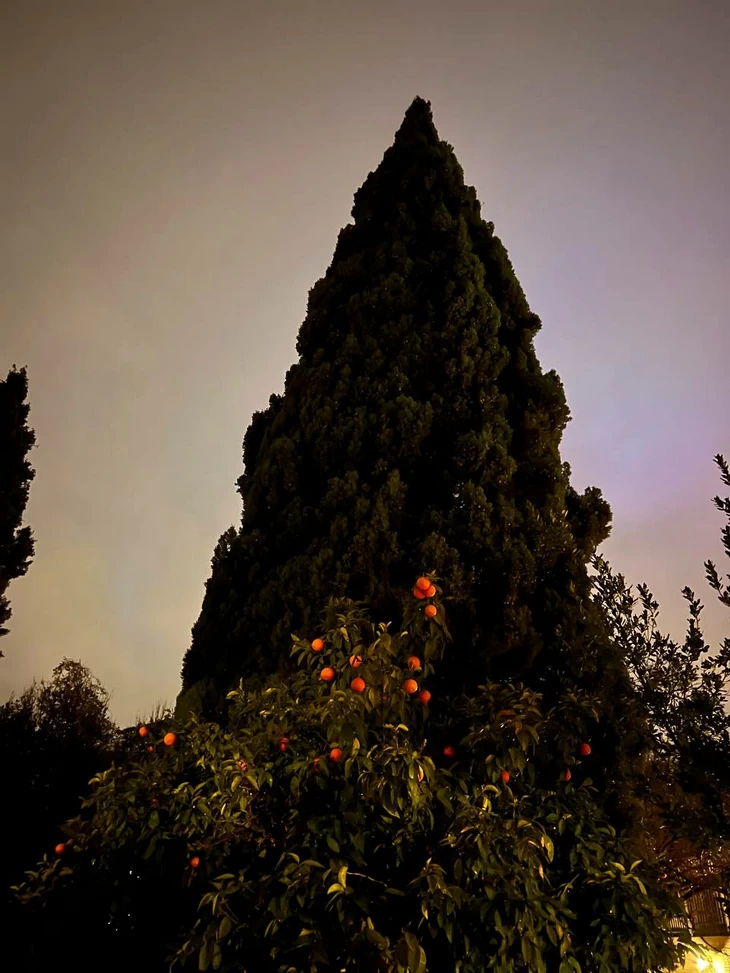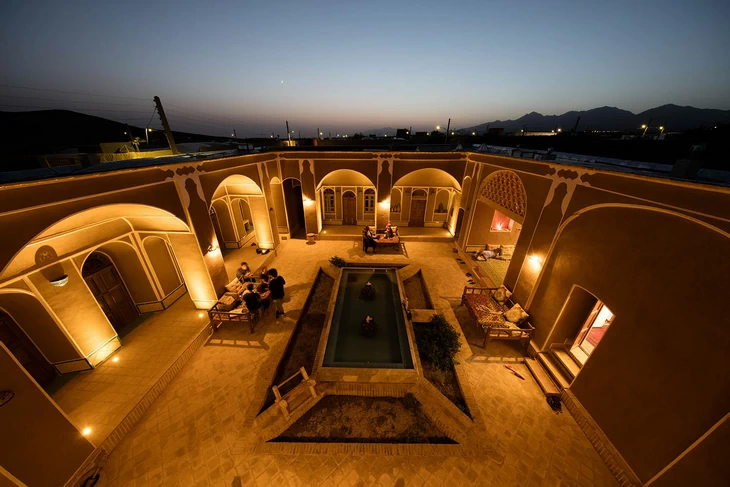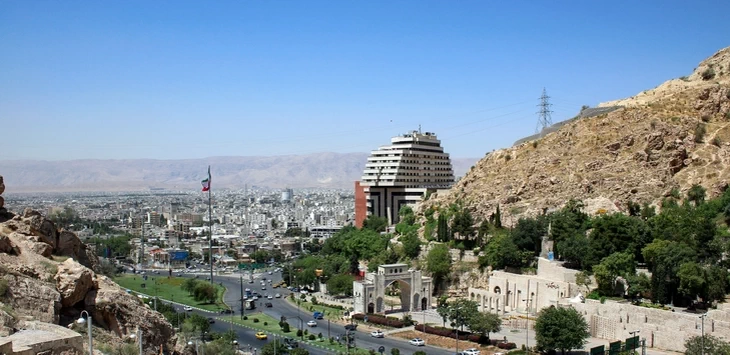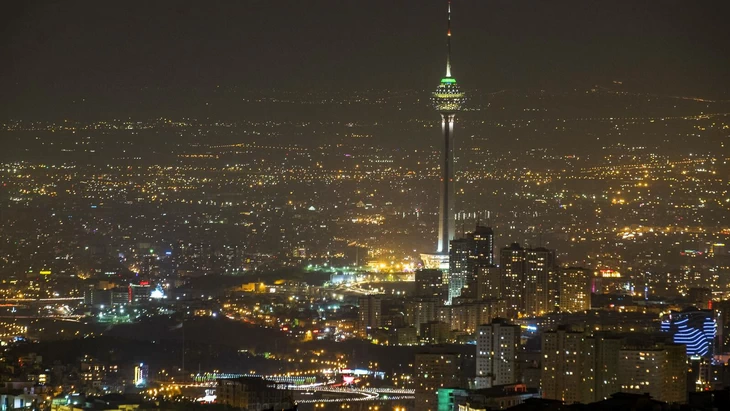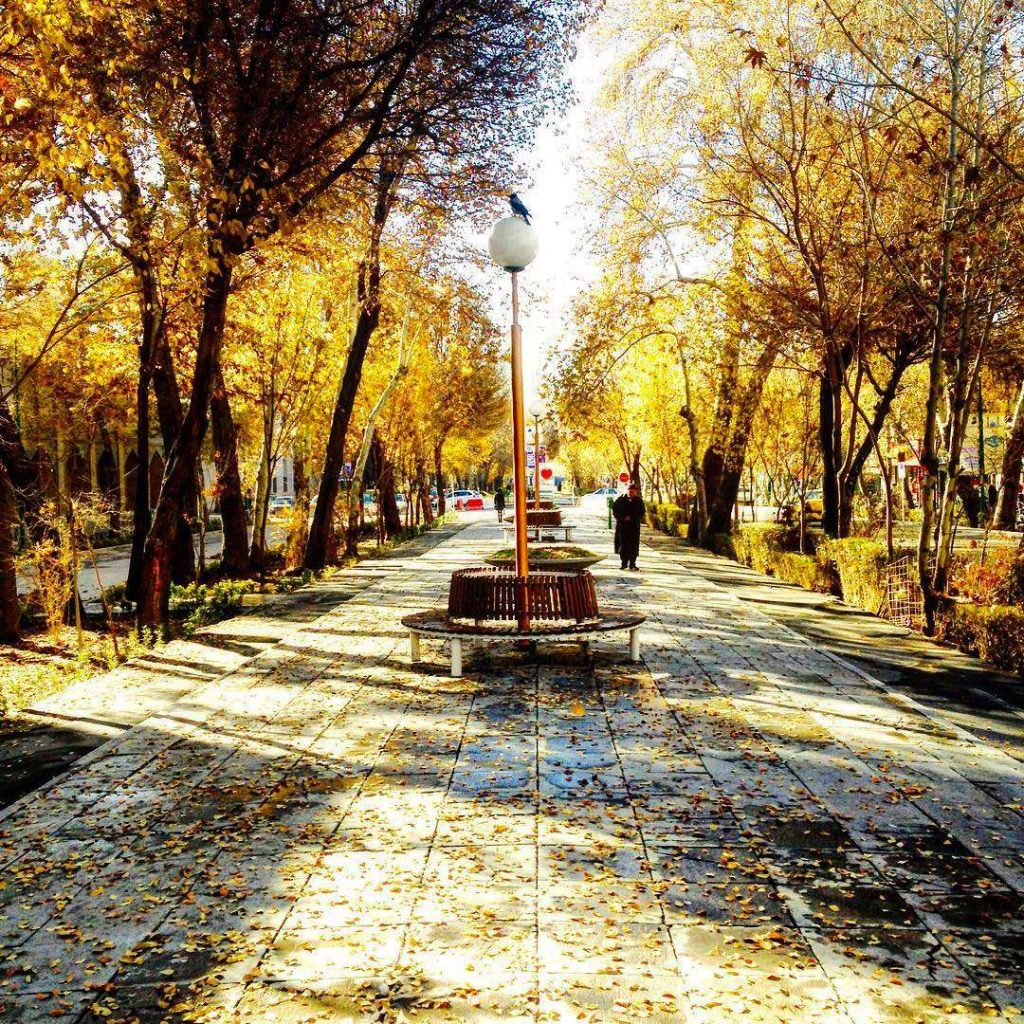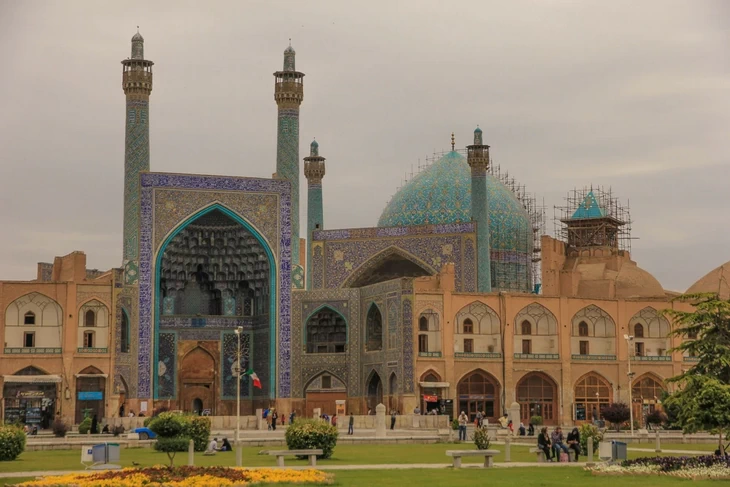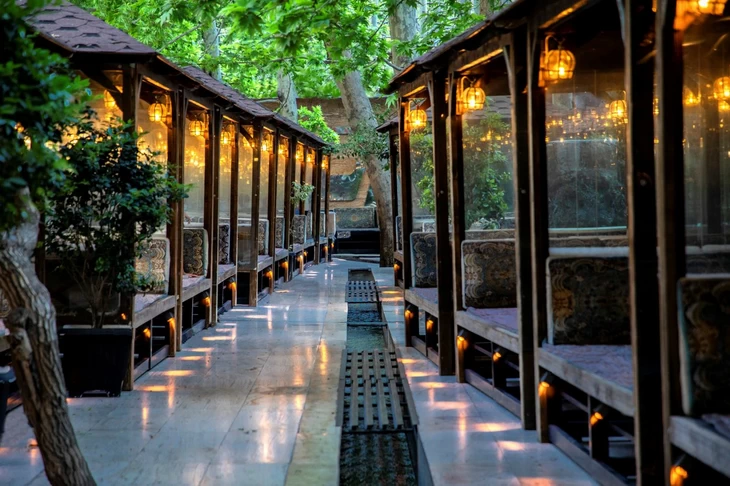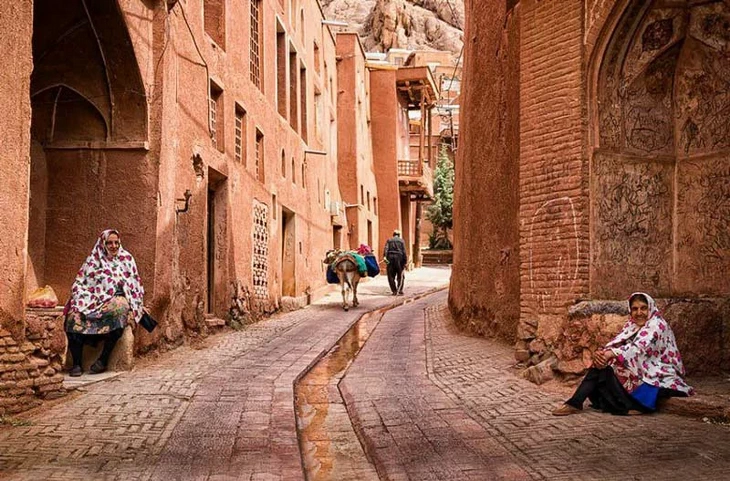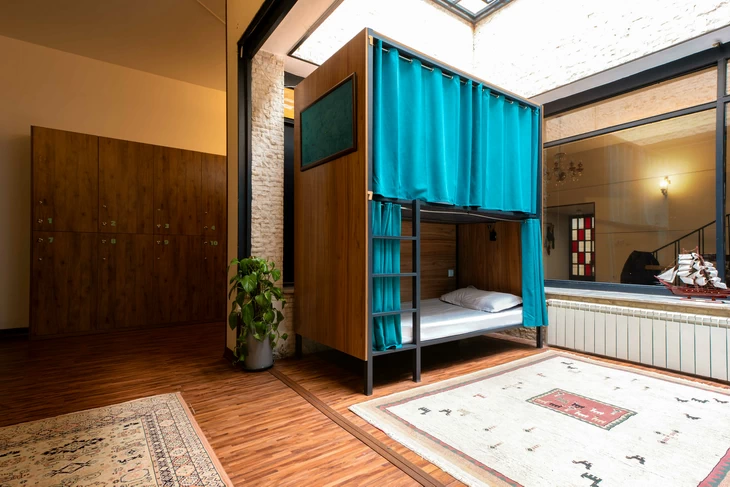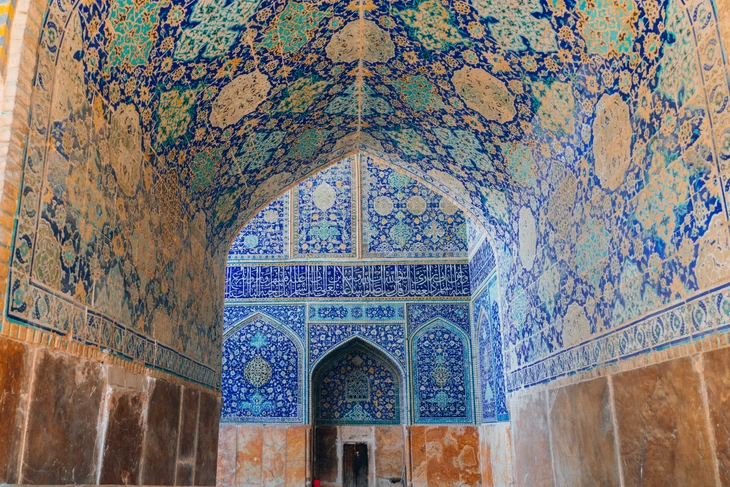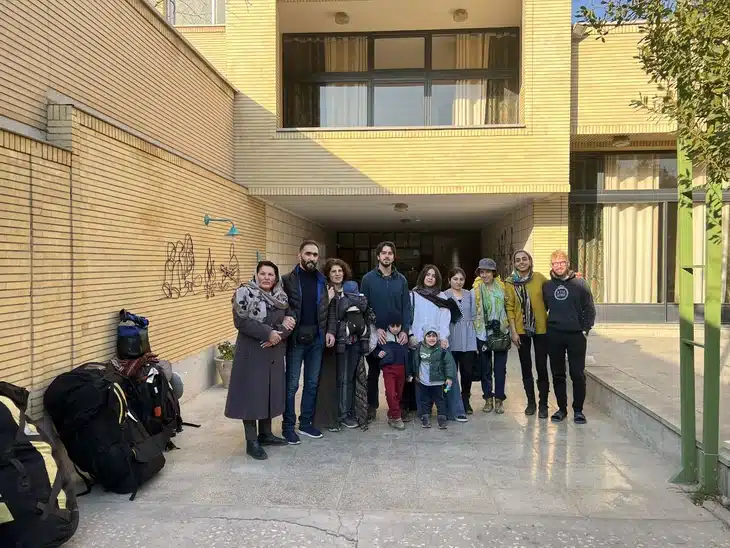The People of Isfahan
Iran has always been home to people from different ethnicities. From the native races that inhabited the land before the Medes Dynasty (the first empire to unite the landmass), to the Aryans who migrated to Iran, to people who have found shelter in the country during more recent years. Due to political and economic reasons, the city of Isfahan has also housed its fair share of ethnicities. In this article, we will talk about a few of the different people who have had the opportunity to call Esfahan their home.
We’d love to talk to you about Iranian culture and people when you come to Mahbibi Hostel, and be sure to check our Instagram, because who knows what events we may have!
The Jewish People
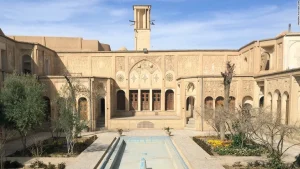
The first mention of Jewish people in Iran dates back to 700 BC, during the Assyrian era when they were forced to move to the land of the Medes (which included the city of Esfahan) after being captured by the Assyrian king. Cyrus the Great also freed the Jewish people after conquering Babylon in 539 BC, and allowed them to either stay in the landmass of Iran or return to Jerusalem. As a result, a group of Jewish people chose to stay in Iran- and apparently Esfahan. However, more reliable sources date the establishment of Judea to the time of Queen Shoshun Dokht, the Jewish wife of Yazdgerd the First (Sassanid era, 399 – 421 AD).
Judea – Jey – Jooybareh
Judea formed as a colony in the northwest of Isfahan (the area known as Jey) and operated as a village for a long time. Apparently, the Shahrestan Bridge (the oldest bridge on the Zayandehrud River) was used only by the people of Jey, and the people of Judea were not allowed to thread on it. During the Arabs’ attack on the city, Judea and its nearby villages were not in close economic contact (due to religious/ethnic differences), but with the growth of Judea and Jey came economic prosperity, and the core of the city of Isfahan was formed.
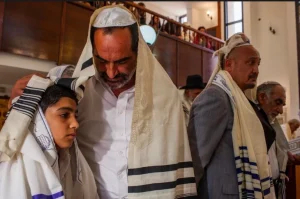
With the growth of Judaism in Isfahan, about twenty synagogues were built by the Jewish people, and there are currently two tombs belonging to the prophets Joshua and Shaya (from the Jewish creed) in the city. Judea was known as Dar-ol-Yahood until 500 AH, but was later called Jahanbareh or Jooybareh. Judea became the center of commerce in the city and eventually became the primary center of Isfahan during the Seljuq era when a great mosque and even the kings’ palaces were built there. This prosperity continued until the Safavid era. Because of their interest in commerce, Jewish people have always had an impactful role in Esfahan’s economy, and continue to live peacefully among the other ethnicities in the city.
You can read about the Synagogues of Isfahan in our other blog!
The Armenian Folks
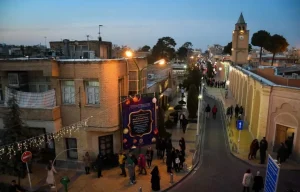
Changing the capital of the Safavid Empire to Isfahan by decree of King Abbas the First in 1006 AH wasn’t his only plan for creating a city fit to represent this great dynasty. Additionally, he moved a group of Armenian people (from Jolfa and Nakhchivan) to Iran in 1011 AH. Aside from the political goals that came to play in these people’s migration, the king’s economic motivations were also quite important. According to a Safavid historian, the presence of the Armenian population in Esfahan (which included people proficient in different industries, farmers, and merchants from different nations) inspired the locals to change their manners and in a way, freed them from their sloth.
How the Armenians Affected the Locals
In general, economic growth was the first tangible effect of the presence of Armenians in Iran and more specifically, Isfahan. To ensure this growth, King Abbas created a neighborhood called New Jolfa (similar to their own town in Nakhchivan) for these newcomers, where approximately 5000 of them were accommodated. This quarter was established in the south of the city and on the other side of the Zayandehrud River, which resulted in the further expansion of the city towards the south and Mount Soffeh.
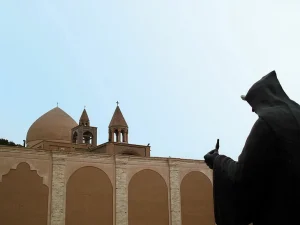
The main connection between the people of Jolfa and Esfahan was the Si-o-Se Pol Bridge. As Armenians grew in population and continued to prosper, even the Zoroastrian quarter joined Jolfa and added to its expanse. During this time, about twelve beautiful churches were built for religious ceremonies. The Armenians, having the king’s support, quickly grew and became one of the core pillars of the country’s economy, so much so that the people of Jolfa were generally quite wealthy and could even send money to government officials in emergency situations. Even after King Abbas, Armenians were among the most important silk merchants in Iran and Esfahan.
Read more about the Armenian Quarters in our other blog! Also read about how Christmas is celebrated in New Jolfa here!
The Bakhtiari Tribe
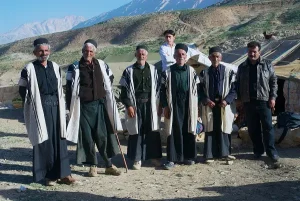
The proximity of Esfahan to the Bakhtiari tribe’s living place has always caused a vast connection (in economic, cultural, social, and political aspects) between these two people. However, the most important aspect of all has been the Bakhtiaris’ political presence in Isfahan’s power structure. One of the most important events that helped the Bakhtiari tribe heads to grow in power was during the Constitutional era when they were able to use the city’s political situation as their own launch pad.
The whole thing started with King Mohammad Ali’s coup d’etat in 1286 Hijri: The return of tyranny and the abolition of the Constitutional era. This caused groups from different parts of the country to stand up to free the constitution and start moving to Tehran. One of these groups was the Bakhtiari Tribe.
The Bakhtiaris During the Constitutional Era
During that time, Esfahan was dealing with some serious civic and national conflicts, which even resulted in the people’s rebellion against the government. The king sent Ighbal-al-Dawleh Kashi to serve as governor of the province of Isfahan, who treated the people rashly. The people of the city used this opportunity to ask for the recently deposed Samsam-al- Saltaneh’s help in freeing the city and helping the Constitutionalists. This request made the Bakhtiari tribe even more motivated and helped them put away their differences, and gather as one to help free the city and the Constitution.
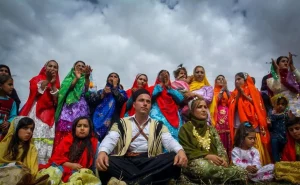
Ighbal-al-Dawleh wanted to take control of the city before the Bakhtiaris could arrive. So, the people of Esfahan took shelter in the Shah Mosque, while government forces took place in the Ali Qapu Palace, the Government Citadel, and the Tavileh Hall and opened fire on the mosque using cannons when morning came. With the arrival of Bakhtiari forces, and their joining the popular forces, the city became a true war field. Eventually, with the Bakhtiari forces seizing Naghareh Khaneh and the Sheikh Lotfollah Mosque and the government forces’ surrender, the city was freed from the supporters of King Mohammad Ali.
Esfahan’s liberation opened the path to conquering Tehran. From this point on, the Bakhtiari tribe gained immense political power in the country. They remained rulers of Esfahan until 1304 Hijri and played an important role in the city’s development. Additionally, in the last century, three big families belonging to the tribe (the Esfandiari, Estaki, and Shirvani families) have continued to live in Esfahan and still hold on to their Bakhtiari heritage after all these years.
The Tabrizi People
With Esfahan becoming the capital of Iran during the Safavid era, King Abbas the First put into motion many plans to ensure the city’s development. One of these plans was to move people of different ethnicities with the goal of economic growth. The presence of these different people in the city resulted in the development of small and big quarters, where each of the ethnicities was moved by decree of the king (in order to reduce their cultural differences). One of these groups was the people of Tabriz, who headed to Esfahan.
The Life of the Tabrizi People in Isfahan
The people of Tabriz lived in two different areas of the city. A quarter was established in the newly founded Chaharbagh Street by the efforts of Tabrizi merchants, which was named Abbas Abad at King Abbas’s suggestion. Apparently, the Tabrizi quarter stretched from Si-o-Se Pol Bridge to Marnan Bridge. Abbas Abad was considered one of the largest neighborhoods in the city and had famous markets, mosques and schools, and even a Naghareh Kahneh which was destroyed with the destruction of the quarter’s foundation.
In the time of King Abbas the Second, a new quarter was established for the Tabrizi People in the south of Jolfa (this new neighborhood was considered part of the octet of Jolfa quarters). The establishment of this new place shows that the Tabrizi people had a good economic situation in the city.
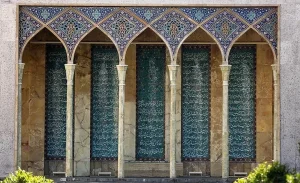
One of the most famous Tabrizi families who headed to Esfahan was the family of Saeb Tabrizi. They migrated to the city at 1000 AH and started living in Abbas Abad. Mirza Mohammad Ali Saeb Tabrizi grew up and studied in Esfahan, and then turned to poetry. He was named Poet Laureate during King Abbas the Second’s reign and continued to live in the city for the rest of his life. Eventually, he was buried in a garden in the Lonban neighborhood, which is known today as the tomb of Saeb, and is among the must-see attractions in Esfahan.
The Polish People
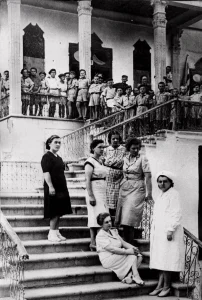
With Germany and the Soviets’ attack on Poland in 1938 during World War II, a group of Polish people were captured and moved to Soviet camps. However, with Germany’s surprise attack on the Soviet Union, the destiny of the captured was changed, as the Allied Council moved a number of them to Iran. Polish refugees lived in different cities in the country -including Esfahan- for three years. The entry of these newcomers who came from a different culture and with different beliefs left a huge impact on the city of Esfahan.
The Cultural Impacts of the Polish Refugees on Isfahan
About 250 Polish children entered the city under the supervision of Father Frances Thomas and a group of teachers. Three institutions and Prince Sarem-al-Dawleh’s beautiful garden were designated to them. Two other institutions were established in the French Sisters’ Monastery and Father Lazar’s house. Their satisfactory accommodation in the city resulted in their population growing to 2600. A group of these children also lived in the Soltani Mall on Chaharbagh Street, and in the queues above Naghshe Jahan Square. As a result, Esfahan became known as the City of Polish Children.
This living situation added to the critical national situation that was already affecting Esfahan with the growth of food shortage, Typhus, and social problems. Asides from these issues, the Polish started doing some cultural work, including publishing newspapers, founding an Iranian studies society, and performing Polish music and theatre, which all resulted in them growing closer to the locals.
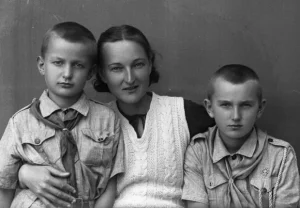
The Polish lived in Esfahan for more than three years. During these years, they found different occupations in order to run their livelihood: They became nurses, servants, tailors, shoemakers, and carpenters, and worked in foreign companies. Some of them chose to stay in the city after the war, and their presence caused a strong cultural bond between the two nations. This bond reached such an extent that during the Gorgan earthquake, a group of Polish people volunteered to go help out.
The Children of Isfahan
Today, there exists a society in the city of Krakow dedicated to the memory of the children of Esfahan, where each week the elders gather around and recount their memories of the city.
Learn more about their history following this link!
Final Words
Also make sure to take a look at our other Isfahan blogs!

